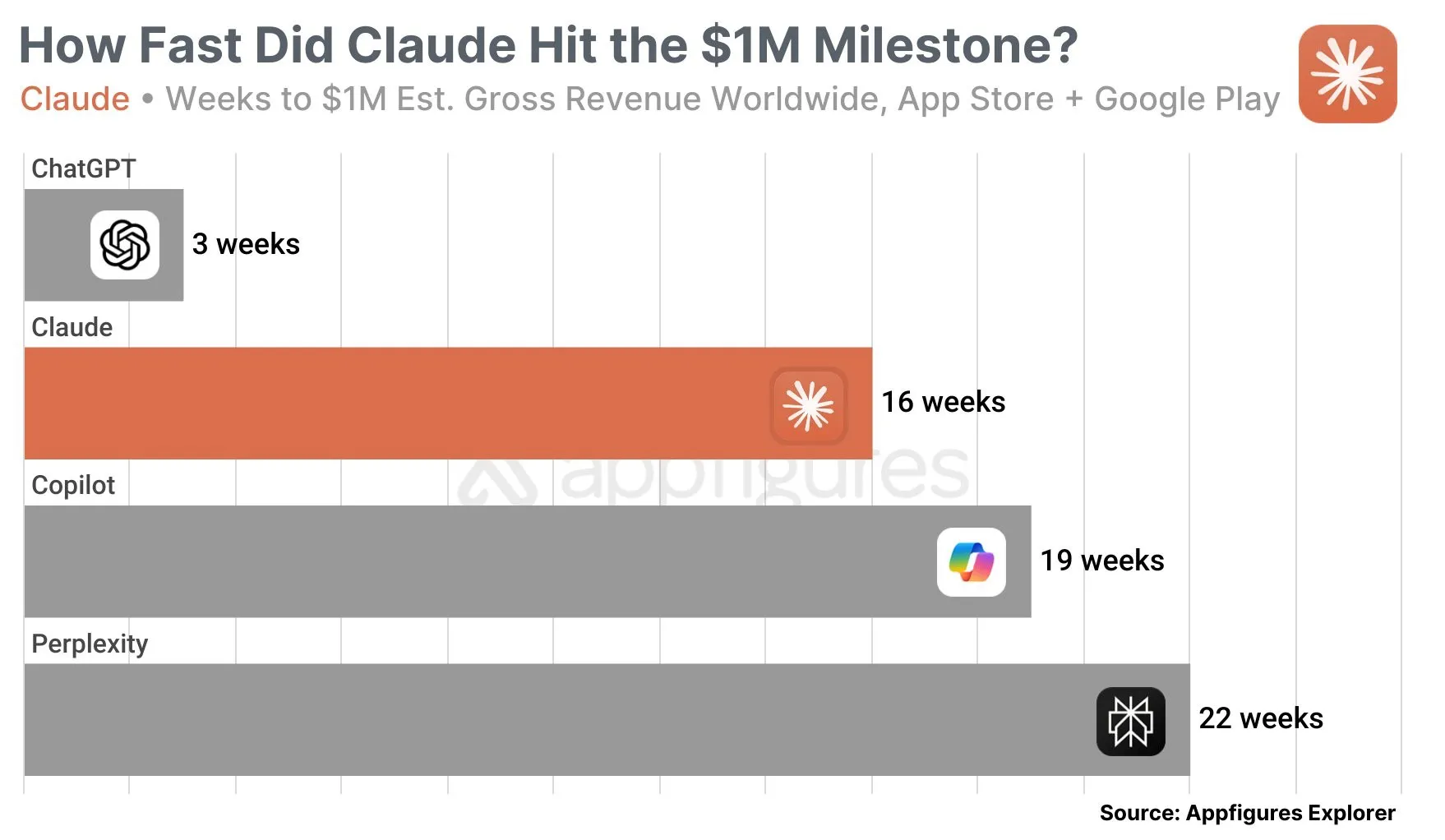SpaceX Tapped to Bring NASA Astronauts Home from Boeing’s Troubled Starliner
August 26, 2024 | by stockcoin.net


What challenges do space agencies encounter when dealing with multiple contractors in the pursuit of human spaceflight?

🚨Get your crypto exchange secret bonus right now.🚨
The Current Landscape of Human Spaceflight
The realm of human spaceflight has evolved remarkably over the past few decades, with both government agencies and private companies vying for dominance in this complex field. NASA, the United States’ premier space agency, has relied on a mix of legacy contractors and new entrants to deliver on its ambitious agenda. Among these, SpaceX and Boeing represent two contrasting approaches to space transportation, with each company facing unique challenges.
NASA’s Dependence on Private Enterprise
In the wake of budgetary constraints and the desire to accelerate capabilities, NASA initiated partnerships with private companies to develop crewed spacecraft. This strategy, known as the Commercial Crew Program, sought to alleviate the financial burden on NASA while fostering innovation. The goal was to establish a competitive environment that would not only provide safe transportation for astronauts to the International Space Station (ISS) but also drive down costs.
SpaceX and Boeing: The Two Giants
SpaceX, founded by Elon Musk in 2002, quickly rose to prominence with its Falcon 9 rocket and Dragon spacecraft. It embodied a nimble, tech-focused approach that often challenges traditional aerospace paradigms. Conversely, Boeing, an established aerospace giant, brought decades of engineering expertise but also the weight of bureaucratic processes and legacy systems inherent to large organizations.
The Boeing Starliner Dilemma
The recent unfolding of events surrounding Boeing’s Starliner spacecraft exemplifies the high-stakes nature of human spaceflight.
Technical Failures and Setbacks
Since the inception of the Starliner program, Boeing encountered various technical hurdles. The spacecraft was intended to serve as a reliable vehicle for transporting astronauts to the ISS. However, during a key uncrewed test flight in December 2019, Starliner experienced significant software issues, resulting in the mission’s failure to reach the ISS.
Safety Concerns Come to the Fore
Following the test flight, Boeing undertook intensive reviews and modifications. However, doubts lingered regarding the safety and reliability of the spacecraft. In June 2023, two NASA astronauts, Butch Wilmore and Sunita Williams, found themselves in an unexpectedly precarious position: trapped aboard the ISS due to ongoing uncertainty concerning the Starliner’s readiness for a crewed mission.
NASA’s Response to a Crisis
Faced with the prospect of stranded astronauts and an uncertain future for the Starliner, NASA was compelled to act swiftly.
Transitioning to SpaceX
NASA’s decision to use a SpaceX Dragon capsule to bring Wilmore and Williams back to Earth underscores the critical and sometimes precarious nature of multi-contractor reliance. With no clear timeline for resolving the issues with Boeing’s Starliner, the agency recognized the need for a reliable solution.
Crew 9 Mission Planning
The astronauts aboard the ISS are scheduled to remain there until February 2025, when they will return home as part of the Crew 9 mission. This mission, utilizing the SpaceX Dragon spacecraft, marks a significant shift for NASA, pivoting away from its original plan to rely on Boeing for the return.
SpaceX’s Track Record
The decision to employ SpaceX for this mission speaks volumes about the track record the company has established in recent years.
Successful Missions to the ISS
SpaceX has completed nine successful missions to and from the ISS, showcasing not only the reliability of its technology but also its efficiency. These achievements have solidified SpaceX’s position as a key partner in NASA’s ongoing efforts in human spaceflight.
Technological Innovations and Adaptability
SpaceX’s approach emphasizes rapid iteration and technological adaptability. This innovation-driven model allows SpaceX to respond more swiftly to challenges than more traditional aerospace companies like Boeing, which may be encumbered by regulatory and procedural complexities.
Implications for Boeing
The fallout from the decision to select SpaceX over Boeing for transporting astronauts raises significant concerns for Boeing.
Scrutiny on Safety Standards
Boeing is already under scrutiny regarding the safety standards of its commercial aircraft. The Starliner setbacks only accentuate these concerns, suggesting a pattern of difficulties that may have repercussions not only on its space ventures but also on its broader business endeavors.
The Path Forward for Boeing
Boeing faces a crucial crossroads. Its ability to effectively communicate a path forward and to reassure stakeholders of its commitment to safety and performance will be pivotal in determining the future viability of its crewed space program.
🚨Get your crypto exchange secret bonus right now.🚨
Future of Human Spaceflight
As the industry continues to evolve, the relationship between NASA and its contractors will be tested further. The reliance on both established companies and innovative newcomers will shape the trajectory of human spaceflight.
A New Era of Collaboration
The partnership between government space agencies and private enterprises necessitates a new era of collaboration. Clearing roadblocks and ensuring that safety and performance remain paramount is essential to building trust among stakeholders, especially when human lives are at stake.
The Role of Emerging Technologies
As the landscape of human spaceflight continues to change, emerging technologies will play a crucial role. Companies like SpaceX have already adopted many of these technologies to streamline operations and improve safety, creating an environment of continuous evolution and learning.
Preparing for Future Missions
NASA’s strategic moves indicate that lessons learned from the current situation will inform future missions. Ensuring optimal redundancy and diverse contractor roles may provide a buffer against operational setbacks—reflecting a shift from dependence on any single entity.
Conclusion: Challenges and Opportunities Ahead
The unfortunate circumstances surrounding Boeing’s Starliner have underscored the complexities and unpredictability of human spaceflight. However, the ability of NASA to adjust its strategies on the fly—pivoting to SpaceX for the safe return of astronauts—also highlights resilience in the face of challenges.
A Call for Continuous Improvement
As the space exploration sector continues to grow, it is imperative that industry stakeholders remain vigilant in their commitment to safety and performance standards. The interplay between technological innovation and unwavering adherence to safety protocols will shape the next chapter in human space exploration.
Ultimately, the collaborative approach between NASA and its contractors, bolstered by a commitment to improvement and excellence, will ensure that the vision of a vibrant, safe future in human spaceflight remains a reality.
🚨Get your crypto exchange secret bonus right now.🚨

RELATED POSTS
View all



